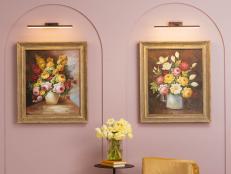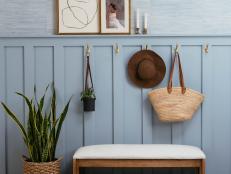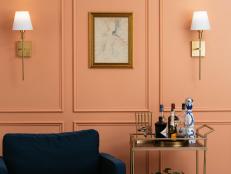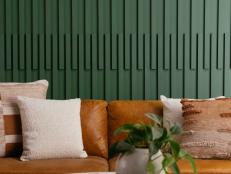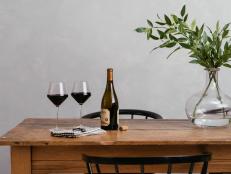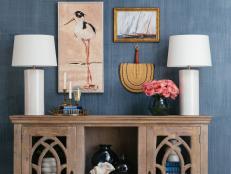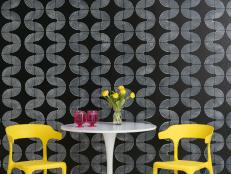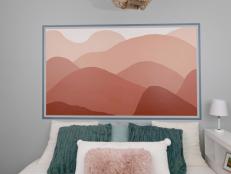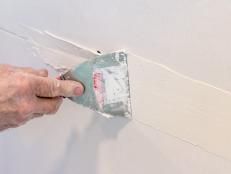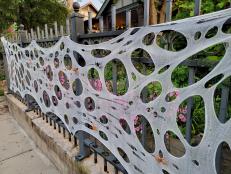How to German Schmear Faux-Brick Walls
Learn how to install faux brick walls then apply a mortar-wash known as a German schmear finish.

Interior brick walls are full of rustic charm. The texture adds dimension and coziness to a space, especially when finished with a traditional German schmear technique. German schmear (sometimes called a mortar wash) is a technique of applying wet mortar over brick — real or faux. The design can be found in centuries-old cottages in Germany and other parts of Europe.

Jennie Andrews
Installing a brick wall requires a professional and is often cost and time-prohibitive. However, the visual appeal of a classic brick wall is easy to create with just a few materials and a few hours. When covered in the German schmear to hide the seams and add texture and depth, faux brick looks just as good as the real deal, for a fraction of the hassle or cost. Equal parts chic and cozy, faux brick works especially well as a replacement for wall tile in a cottage-inspired kitchen or as an accent wall in a bedroom, den or office.
Tools and Materials:
- faux-brick paneling
- pre-mixed mortar
- construction adhesive
- dropcloths
- nail gun and finish nails
- putty knife
1. Measure Your Wall
Measure the height and width of your wall. Faux brick panels typically can be bought and cut to size at big box hardware stores in 4’ x 8’ sections.
2. Install the Panels
To install the faux brick panels, add a generous amount of heavy-duty construction adhesive to the back of the panel. Working left to right, stand the panel in place and use a nail gun to secure the panel to the wall. When placing each subsequent panel, be sure to install them as tightly together as possible to minimize the visibility of the seams.
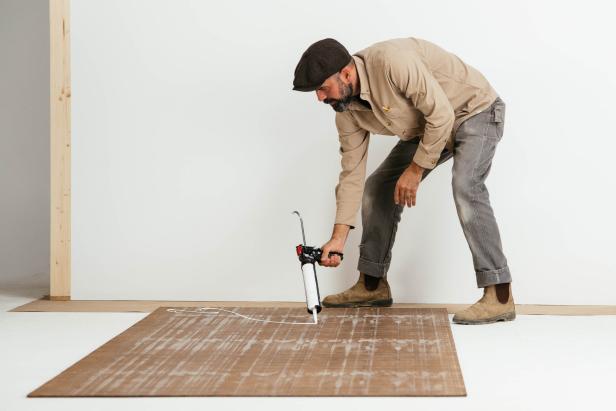
Jennie Andrews

Jennie Andrews

Jennie Andrews
3. Apply Mortar
Before applying mortar, be sure to protect your floors with a dropcloth or paper. Scoop a good amount of mortar onto the knife. Place the putty knife at slightly less than a 45-degree angle to the wall and smear the mortar onto the walls, sinking the mortar into the cracks. Use a sharper angle with the knife to wipe away excess mortar. Pay special attention to the seams, making sure they are well-covered and blended. Work from left to right on the wall, changing the direction you apply and wipe the mortar, creating a random pattern. Let dry and then touch up any lighter spots. Some variation in coverage is great to add depth, but, in general, faux brick looks more realistic with a heavier coat of mortar.

Jennie Andrews

Jennie Andrews

Jennie Andrews
4. Style It
You have easily and quickly created a warm, inviting space with just a few materials. Style with European-inspired and natural elements for a chic, cozy, cottage vibe.
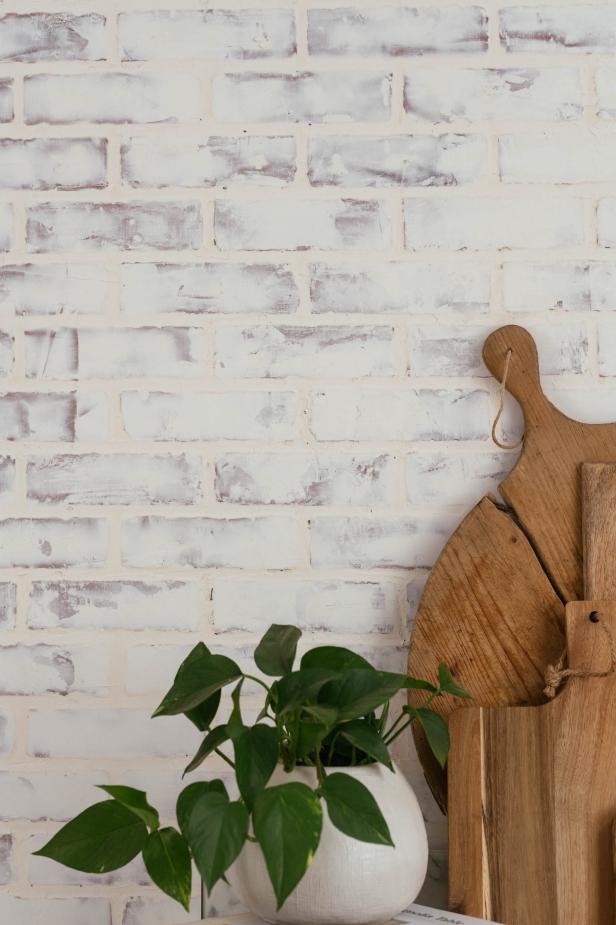
Jennie Andrews

Jennie Andrews








